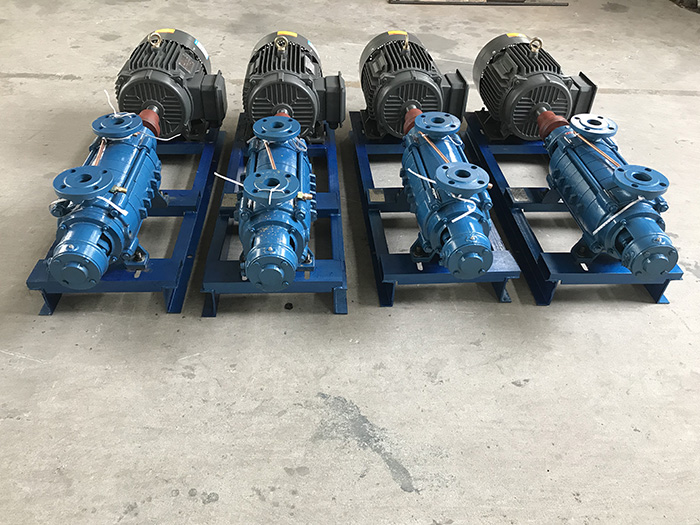Multistage pumps are widely used in various industries for their ability to generate high-pressure flow. However, there are instances when these pumps experience abnormal flow, leading to reduced efficiency and potential damage. In this article, we will explore some common reasons for abnormal flow in multistage pumps and provide insights into troubleshooting techniques.
1. Cavitation: Cavitation occurs when the pressure in the pump drops below the vapor pressure of the fluid, resulting in the formation of vapor bubbles. These bubbles collapse as they travel through higher pressure areas, causing damage to the pump and affecting flow. Cavitation can be caused by factors such as low suction pressure, high fluid temperature, or insufficient NPSH (Net Positive Suction Head). To troubleshoot cavitation, it is essential to identify the root cause and make necessary adjustments to prevent it from occurring.
2. Impeller Damage: The impeller is a critical component of a multistage pump, responsible for generating the flow. Any damage to the impeller, such as erosion, corrosion, or imbalance, can disrupt the flow and lead to abnormal performance. Regular inspection and maintenance of the impeller, including cleaning and balancing, can help prevent such issues. If damage is detected, replacing or repairing the impeller may be necessary to restore proper flow.
3. Blockages or Obstructions: Blockages or obstructions in the pump or the piping system can impede the flow and cause abnormal pressure or flow patterns. These blockages can be caused by debris, sediment, or foreign objects entering the system. Regular cleaning and inspection of the pump and piping system can help prevent blockages. If a blockage is detected, it should be promptly removed to restore normal flow.
4. Mechanical Seal Failure: Multistage pumps often use mechanical seals to prevent leakage. If these seals fail, it can result in abnormal flow and potential leakage. Seal failure can be caused by factors such as improper installation, wear and tear, or excessive pressure. Regular inspection and replacement of mechanical seals are essential to prevent flow disruptions and maintain pump efficiency.
5. Incorrect Pump Sizing: Using a pump that is either too large or too small for the application can lead to abnormal flow. An oversized pump may operate at low flow rates, causing inefficiency and potential damage. Conversely, an undersized pump may struggle to meet the required flow demands, leading to excessive wear and reduced performance. Ensuring proper pump sizing based on the specific application is crucial to maintain optimal flow.
6. Electrical or Motor Issues: Electrical or motor problems can also contribute to abnormal flow in multistage pumps. Issues such as voltage fluctuations, motor misalignment, or overheating can affect pump performance. Regular monitoring of electrical components and motor conditions, along with appropriate maintenance and adjustments, can help prevent flow disruptions caused by these issues.
Understanding the reasons for abnormal flow in multistage pumps is crucial for troubleshooting and maintaining pump efficiency. Cavitation, impeller damage, blockages, mechanical seal failure, incorrect pump sizing, and electrical or motor issues are among the common causes. By implementing regular inspection, maintenance, and appropriate adjustments, pump operators can prevent or mitigate these issues, ensuring smooth and reliable flow in their multistage pump systems.
